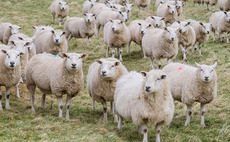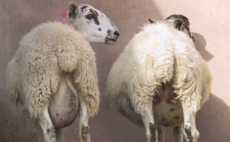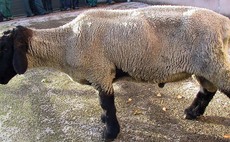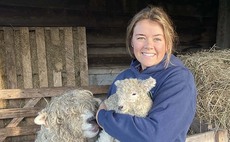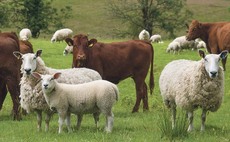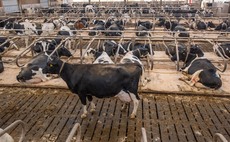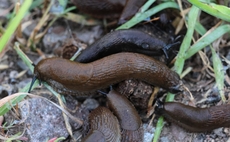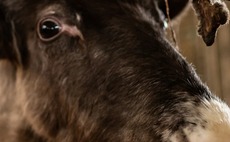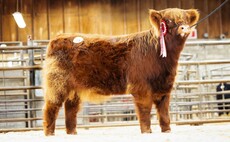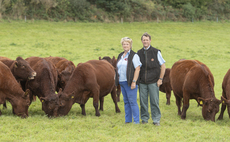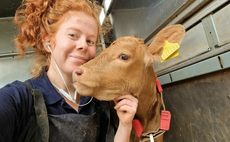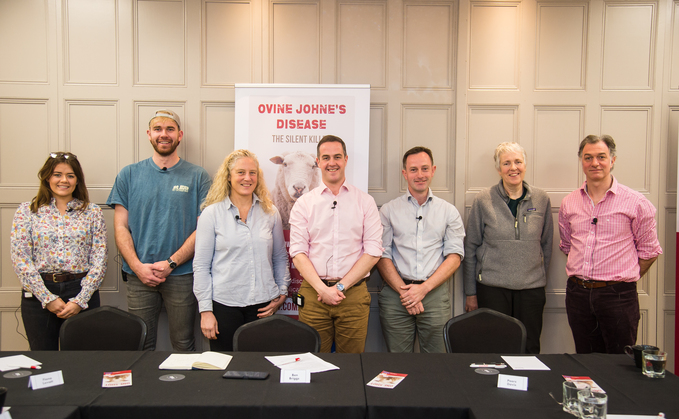
The panel (left to right): Bizza Walters, from a mixed family farm in Warwickshire lambing 600 North Country Mules to Suffolk tups; Ioan Humphreys, a sheep, beef and poultry farmer in Powys, lambing 850 ewes, Welsh Mountain ewes and a commercial flock of Suffolks and Texels; Fiona Lovatt, a specialist sheep health
Do you have some thin ewes which will not put on weight? Or those which have poor response to dosing with wormer or flukicide? Or maybe a percentage of your flock will not take to the ram?
If the answer is yes to any of these, your flock might be one of up to 70 per cent of UK flocks which is harbouring ovine Johne's disease (OJD).
It is one of the UK's biggest flock health threats, but is one of the least known - and flock masters at a recent Farmers Guardian roundtable were shocked to discover its existence, let alone the extent of the problem.
Historically, Johne's disease has been seen as a problem in cattle, caused by a bacterium which can survive in the environment for up to 18 months.
Infected cattle typically show obvious clinical symptoms of the disease (scouring/diarrhoea), which is easily recognised.
By contrast, sheep infected with the same bacteria develop far more subtle clinical symptoms which are harder to spot but have a serious impact on ewe performance, explained vet and researcher Dr Peers Davies.
There is evidence that sheep and cattle can infect each other, in both directions, with different strains of the bacteria.
The way the infection manifests itself depends more on the immune response of the animal than the strain of the bacteria.
Johne's is a chronic wasting disease; the infection causes inflammation of the gut so animals are unable to absorb nutrients.
Dr Davies said: "Ewes will be metabolically inefficient and this makes them less likely to get in-lamb. They will probably be culled as barreners before they have lost enough weight to become an obvious case. People will not be realising why ewes are not getting in-lamb; they will be attributing it to worms or fluke."
Infection occurs as the gut develops in young animals less than six months old, which then grow up and shed the bacterium, but will not show signs of illness until they are at least two to four years old.
It is also known as an ‘iceberg disease', so for every animal showing clinical symptoms a further 10-15 will be shedding the bacterium but yet not showing any visible symptoms.
Within a flock, infection rates can range from 2-3 per cent of animals affected, up to 75 per cent.
An infected flock will typically have a replacement rate of about 30 per cent, compared with 22-24 per cent for an uninfected unit, he added.
"That is a huge additional cost," said Dr Davies. The highest prevalence tends to be on mixed farms, he said, with those running flying flocks at very high risk.
Dr Davies said: "There is no difference in geography. We have just found a lot more where there are mixed farms, indicating that transmission between cattle and sheep is more likely to be happening.
Powys sheep, beef and poultry producer, Ioan Humphreys, said: "I knew about Johne's in cattle, but had no idea about sheep and, looking back, I had a ewe a couple of months ago which had classic signs of it.
"We have a closed flock, health plans and regular meetings with our vet, but this has never been mentioned. "Bizza Walters, from a family farm in Warwickshire, has worked as a contract shepherd in the past.
Again, she said she was unaware of Johne's in sheep: "If we had a thin, ropey looking ewe we would most likely worm her rather than think about this. I have never tested for it."
If thinness is a major reason for culling in your flock, it is a sign you need to look for OJD with more enthusiasm', said post-mortem specialist Ben Strugnell.
He also warned that producers could ‘mask' its true impact through feeding more.
Sheep vet Fiona Lovatt said testing was key: "If you do not look, you will not find it, and people often just get rid of thin ewes."









